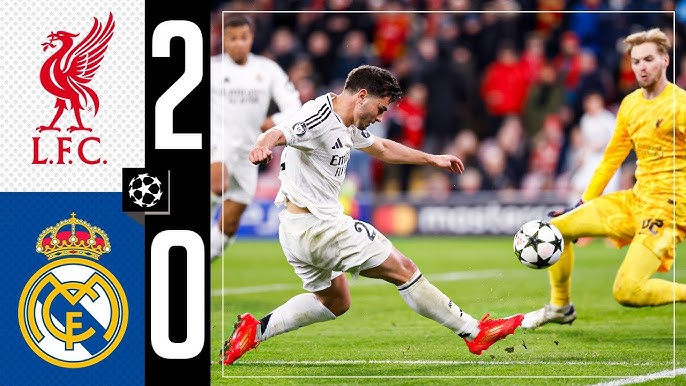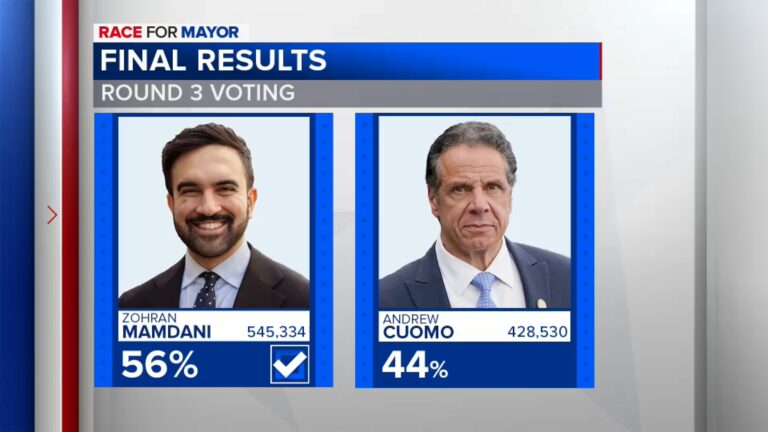Fan Falls at Pirates Game: Analyzing the Incident
During a recent Pittsburgh Pirates game, a spectator experienced a terrifying fall at PNC Park that raised immediate concerns about stadium safety. The incident, reported by 6abc.com, highlights the vital importance of ensuring secure environments for fans attending sporting events.
Understanding the Incident
As the excitement of the game unfolded, a fan fell from the seating area adjacent to the Clemente Wall. This wall, named after the legendary Roberto Clemente, is a significant feature of PNC Park, often celebrated for its unique architecture and the stunning views it offers. However, the incident raised numerous questions about crowd control, attendee safety measures, and the physical design of modern stadiums.
Immediate Responses and Reactions
Witnesses to the fall reported a moment of shock and concern as they watched the fan plummet. Emergency services arrived promptly, and the fan was taken to a nearby hospital for medical evaluation. Fans expressed a mix of support for the injured individual and concerns over the safety provisions in place at the ballpark.
The Importance of Safety at Sporting Events
This incident underscores the critical nature of safety protocols in large venues. Major League Baseball (MLB) teams, including the Pirates, have guidelines in place to assess and manage risks associated with crowd behavior, emergency services, and infrastructure design. To build a safe and secure environment for fans, stadiums utilize numerous strategies, including:
- Preventative Measures: These include regular inspections of the stadium facilities, crowd management training for stadium personnel, and effective communication of safety protocols to attendees.
- Emergency Response Plans: Comprehensive strategies that outline how to respond to emergencies, ensuring rapid medical assistance can be received in critical situations like this one.
- Design Considerations: Architects and engineers must work collaboratively to create spaces that allow for safe movement, preventing accidents due to falls or overcrowding.
PNC Park’s unique features add to its allure, but they must also be carefully managed to avoid accidents and ensure the safety of its guests.
Assessing the Impact on Fan Experience
Fan experience is a crucial aspect of any sporting event, and incidents such as these can create significant ripples throughout the community. For teams, ensuring a positive experience leads to greater fan loyalty, ticket sales, and overall engagement with the brand. Therefore, it is imperative for teams to review and improve upon their fan safety measures, as well as their general health and wellness programs. This can include:
- Enhanced Security Protocols: Upgrading surveillance systems, employing trained security personnel to monitor high-risk areas, and conducting regular safety drills.
- Education and Awareness: Providing information to fans about the importance of crowd behavior and personal safety while attending games, ensuring everyone understands how to behave appropriately in an active environment.
- Immediate Access to Medical Care: Ensuring that there are ample medical personnel on-site and that fans are aware of the medical assistance available during the game.
By prioritizing these initiatives, teams can inspire confidence and foster a more secure and enjoyable environment for their fans.
A Look into Stadium Design and its Importance
The design of a stadium is fundamental in ensuring consistent safety for its attendees. Stadiums are typically held to strict codes and expected to comply with industry safety standards. However, with the rise in fan engagement and stadium attendance, evolutionary leaps in design must occur:
- Accessibility: Designs must accommodate all fans, providing safe access for those with mobility challenges. Features like wider aisles and easy routes to exits significantly enhance safety.
- Structural Integrity: Continuous innovations in materials and design techniques ensure that infrastructure can withstand various stress scenarios, minimizing the risk of events like falls.
- Crowd Flow Management: Thoughtful design that promotes efficient movement of people creates a logical pathway for fans which can significantly decrease the chaos during high-attendance events.
As sporting events continue to attract crowds, maintaining elevation in design standards will be critical.
Conclusion
The fall at the Pirates game illustrates the balancing act sports organizations face in maintaining fun, engaging, yet safe environments for their fans. The incident may prompt further discussions and actions among franchises to improve stadium infrastructure and fan safety practices, ensuring incidents like this remain rare. As organizations work towards these goals, the importance of safety will always hold a prominent place in the culture of sports.
Understanding the potential risks associated with attending live events can ultimately lead to better planning and administration of fan experiences. The community can rally around supporting initiatives aimed at improving safety—creating positive experiences that fans will not only remember but also cherish for years to come.
Ultimately, the safety of fans should always be a top priority at any sporting venue, with lessons learned from every event used to inform better practices in the future.








